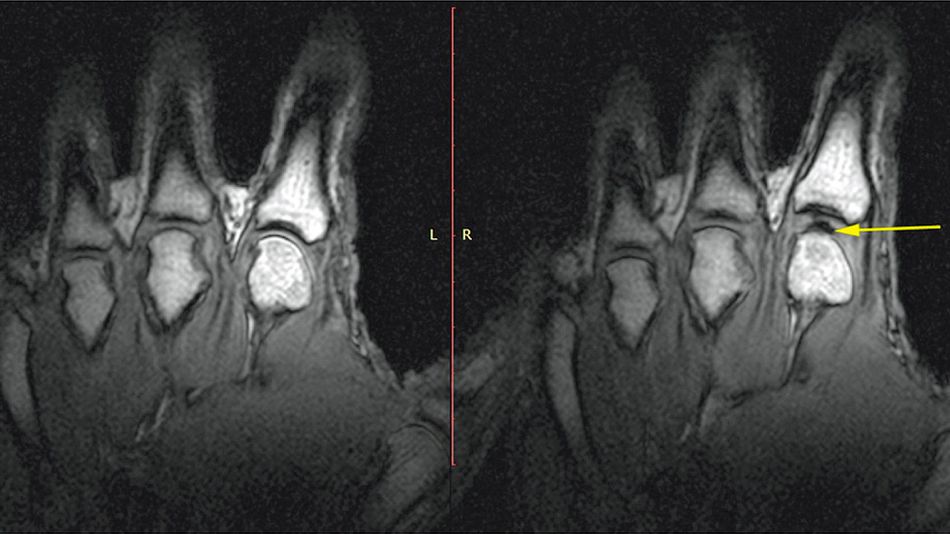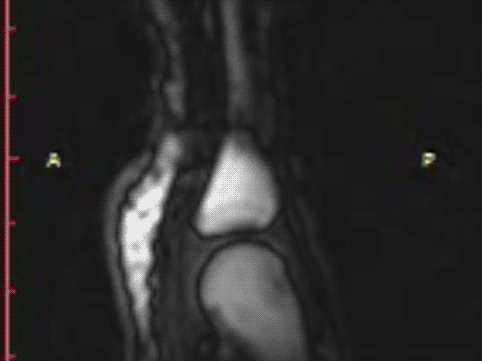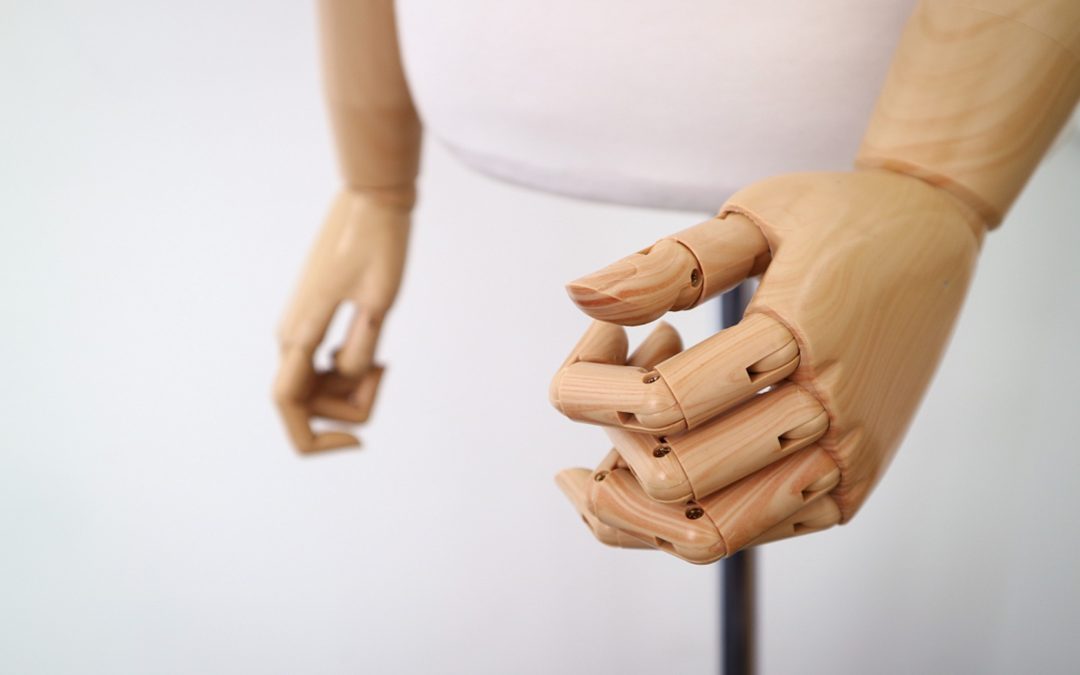Chiropractor
A chiropractor is a physical therapist who works on musculoskeletal conditions. Musculoskeletal is anything comprising of muscle, joint, ligament or bone. We use a variety of tools and equipment to physically treat a condition. One of the common tools we use are called adjustments (also known as manipulations).
A common misconception is that when adjusting, we are moving bones back into place. This is far from the truth, though is an easy and quick way to help people visualise and understand the process that is happening.
What is an adjustment?
Adjustments are a physical manoeuvre that leverages your body’s structure (bones) to isolate a certain part (ligaments and joints) to move. This movement affects surrounding nerve endings and allows for temporary increases in movement.
The stimulation of nerves and the increased movement can reduce pressure placed on overcompensated areas. This can result in reduced pain (much like cracking your knuckles).

Why do you adjust?
Suspended inside all your joints is a liquid called synovial fluid. In a healthy joint, this fluid is completely encapsulated and exists to lubricate the two joint surfaces.
When two surfaces are separated in an enclosed space, the liquid suspension expands into gas form to fill up space since gas takes up more room. This process is called tribonucleation/cavitation and can produce an audible ‘pop’.
The diagram below illustrates the effects of an adjustment – what you are looking at is the knuckle of the left hand. On the index finger there is an arrow pointing at a darker area. This is the gas that is formed after an adjustment. You can also see there is increased joint space between the two bones.

Real time visualisation of an adjustment
Below is a real time visualisation of an adjustment. Bear in mind this should not cause any discomfort at all.

I don’t want an adjustment
For treating your condition, we use a variety of these tools and a combination of techniques to help you. An adjustment is merely one of many tools that can be used to treat your condition – so don’t feel pressed that, that is what every chiropractic session is about!
How else can a chiropractor help?
Being a chiropractor exposes you to all sorts of physical conditions, ailments and medical issues. Chiropractors are primary care practitioners (PCP) which essentially means we are the first point of contact assessing anyone’s condition. Thus we need to recognise medical conditions we don’t normally treat to be able to refer you onward for proper care.
Even though we are well versed in physical and musculoskeletal conditions, we also have basic knowledge of most medical conditions that are commonly presented. We have a duty of care to be able to detect medical conditions that require immediate referral. If your condition does not require immediate referral – we still need to know who to refer you to.
To give an example, the common symptoms of a myocardial infarction (commonly known as a heart attack) is left sided arm and shoulder pain which can radiate to the neck. This can commonly be confused with a simple shoulder ache or arm pain. If a patient presenting to the clinic had such an issue, it is our duty to quickly diagnose and refer the patient onward without delay, so they have the best chances of survival.



Thank you for clarifying what a chiropractor does. It’s great how you have been able to use some real life examples to clear some issues that I have previously been confused with.